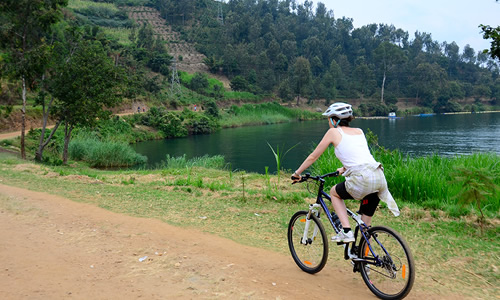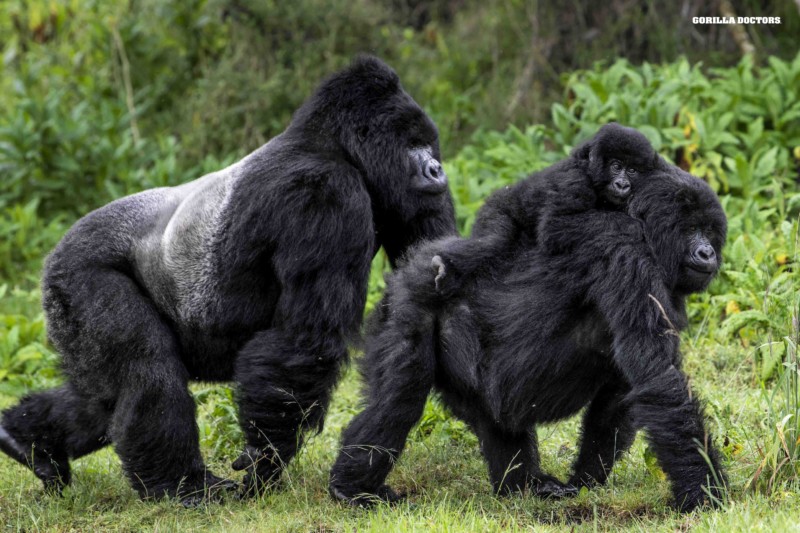Busoga Kingdom
Busoga Kingdom : One of the several kingdoms in Uganda’s Eastern region is the Busoga Kingdom. Busoga includes various islands in Lake Victoria, such as Buvuma Island, and is bordered on the north by the swampy Lake Kyoga, on the west by the Victoria Nile, on the south by Lake Victoria, and on the east by the Mpologoma River. The kingdom of the 11 Basoga/Soga (plural Musoga) principalities is known as Busoga, or Land of the Soga. Additionally, the region that is typically home to the Basoga is referred to as “Busoga” informally. Seven politically organized districts make up the Busoga Kingdom: Kamuli, Iganga, Bugiri, Mayuge, Jinja, and the recently established districts of Kaliro and Busiki.Busoga kingdom was established as a cultural institution to encourage public participation and solidarity among the Busoga people through cultural and developmental initiatives for the improvement of the Busoga people’s standard of living. Additionally, it was intended to work toward a prosperous Busoga that is economically, socially, and culturally united. Additionally, it advances restoration efforts and prepares the path for the Bugosa kingship’s effective institutional and administration structure. King (Kyabazinga) William Wilberforce Kadhumbula Gabula Nadiope IV presently reigns over Busoga kingdom, just like he does in the Buganda kingdom.

Busoga’s recorded history dates back to 1862. The Victoria Nile bursts forth from Lake Victoria and begins its ascent to Egypt on July 28, 1862, when John Hannington Speke, an explorer for the Royal Geographical Society, landed at Ripon Falls, close to the location of the present-day settlement of Jinja. Speke arrived Busoga from the west through Buganda because his path interior from the East African coast had carried him around the southern end of Lake Victoria. He headed north and followed the river downstream after achieving his objective of finding the Nile’s source without going any further into Busoga. However, he recalls being informed that “Usoga,” the Swahili equivalent of “Busoga,” was a “island,” which suggests that the term meant to the people within the area to date.
The Busoga Kingdom’s past
One of the main routes used by Europeans to travel from the coast to Buganda in the 19th century went through the southern half of Busoga. According to John Speke and James Grant, Busoga was well-fed and thickly populated as a result, as noticed by Sir Gerald Portal, F.D. Lugard, J.R. Macdonald, and Bishop Tucket. However, the earliest reports of sleeping sickness were made between 1898–1899 and 1900–1901.
The Busoga Kingdom’s state in terms of politics
The arrival of the Baisengobi clan, who can trace their ancestry back to Bunyoro, was a significant event that gave the Basoga their unique cultural configuration at the start of the 16th century. With his wife Nawudo, a few servants, some weapons, and a dog, Prince Mukama Namutukula of the royal family (Babiito) of Bunyoro is said to have trekked eastward across Lake Kyoga in the 16th century as part of Bunyoro’s expansionist policy. He is said to have landed at Iyingo, which is situated at the northern tip of Busoga in the modern Kamuli District. Prince Mukama enjoyed hunting, and his travels allowed him to experience the natural splendor of his new home. He worked as a blacksmith for a while, creating spears, iron utensils, and hoes. Only five of the children born to Prince Mukama and his wife Nawudo survived. Prince Mukama appointed those territories under his influence overseers before returning to Bunyoro. Due to their family ties, Prince Mukama’s five sons believed they had the right to control their separate territories (Babiito). They continued to rule their various realms using Bunyoro-Kitara-inspired political strategies and ceremonial practices. This political and cultural situation persisted in Busoga until the colonialists persuaded the leaders of Busoga to organize some sort of federation in the late 19th century. This federation gave rise to the Busoga Lukiiko, a local Busoga council. It was disputed whether Busoga could truly be categorized as a “Kingdom” prior to 1906, despite the fact that it was frequently referred to as one. Busoga did not have a central, “all-powerful” figurehead (King or Queen) until 1906, at the request of the British colonial forces, unlike its western neighbor, Buganda. The Busoga were once arranged into semi-autonomous chiefdoms, initially partially influenced by Bunyoro and then partially influenced by Buganda.
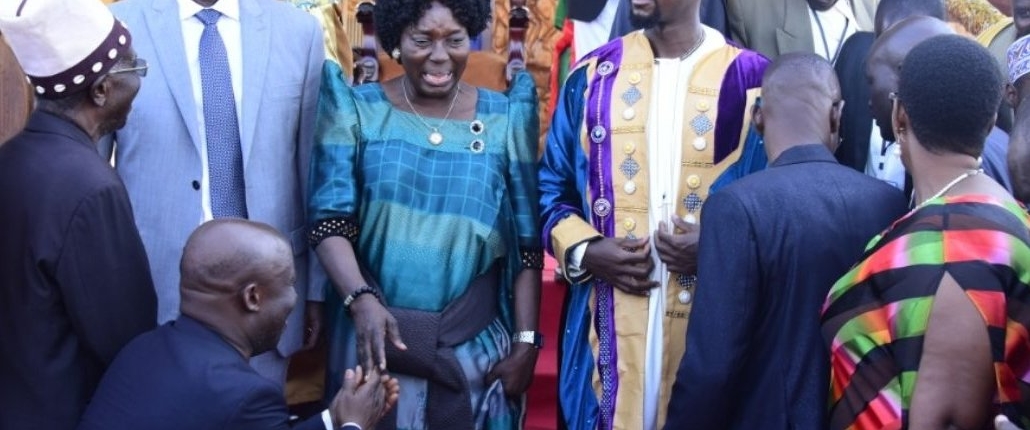
In Busoga, there was no unifying leadership prior to the arrival of the British in Uganda. On the model of Buganda, which was a fully fledged monarchy, attempts were made to establish a central system of government when Uganda became a British protectorate. The Kabaka, the ruler of Buganda, came from a long line of kings. Though it is thought that in certain cases they were descended from favored Baganda chiefs who were given the power to reign over land in Busoga, some of the chiefs in Busoga had merely been selected by the Kabaka. Others merely belonged to Busoga’s wealthy landowner families, who had established themselves as the supreme authorities over huge territories. \ All of these chiefs were included into the Lukiiko, an organization created by the British. Although the British declined to give him the title of “King,” as they did not see him as a legitimate king, they did designate a Muganda from Buganda, Semei Kakungulu, as the President of the Lukiiko and he became Busoga’s first leader.
However, disputes between the several chiefs and clans persisted, and the majority of Basoga remained to identify with their chief, clan, or dialect. The fact that the “King” was from Buganda was also not helpful. However, the building had given the Basoga a taste of the power they might wield in the protectorate if they had a King. They would become on par with Bunyoro and Buganda as a result.
White colonial rulers were preparing Chief Yosia Nadiope, the Gabula of Bugabula, to take over as the first resident ruler of the newly constituted Busoga federation in the meanwhile. In 1906, Nadiope was among the first Basoga pupils to enroll in Kings College Budo. Nadiope’s death from malaria in 1913, however, brought disaster to Busoga. Chief Ezekeriel Tenywa Wako, the Zibondo of Bulamogi, finished his education at Kings College Budo the next year, 1914. Zibondo of Bulamogi, who had a strong educational background and the backing of the British in addition to his background as a prince, was a qualified candidate for the top position. The hereditary saza chiefs of Busoga decided to choose Ezekerial Tenywa Wako as the nation’s leader at the Lukiiko in 1919. William Wilberforce Nadiope Kadhumbula of Bugabula was a little child, while Chief Gideon Obodha of Kigulu was a rival contender for the position who was unfamiliar with the British system. His regent, Mwami Mutekanga, was a “mukoopi” (commoner) who was ineligible to run for office.
Eventually, in 1918–19, the Isebantu Kyabazinga title was established, and one of the chiefs, Wako, ascended to the throne. In exchange for the lost position in his traditional chiefdom of Bulamogi, he received a salary of 550 pounds and was given permission to collect taxes in Butembe county. Ezekiel Tenywa Wako, the Kyabazinga of Busoga, joined the Uganda Kings Council in 1925. The Uganda Kings Council was composed of the Kyabazinga of Busoga, the Kabaka of Buganda, the Omukama of Bunyoro, and the Omukama of Toro/Omukama of Tooro.
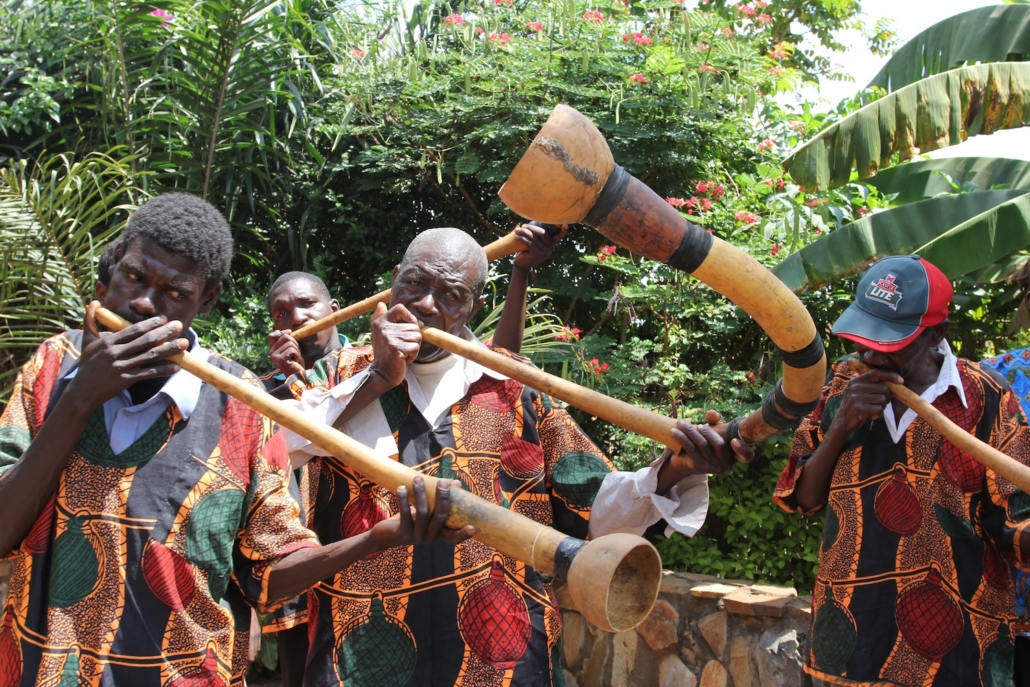
The Zibondo of Bulamogi, Owekitibwa Ezekerial Tenywa Wako, was installed as the first Isebantu Kyabazinga wa Busoga on February 11, 1939. He held this position until 1949, when he withdrew owing to old age. He was the late father of the last Isebantu Kyabazinga wa Busoga, HRH Henry Wako Muloki. When Owekitibwa E.T. Wako stepped down from his position as the Isebantu Kyabazinga wa Busoga, the Busoga Lukiiko had grown to include others outside the Hereditary Rulers. These Busoga Lukiiko members—two from each of the 55 Sub-counties at the time—were elected representatives.
After Owekitibwa E.T.Wako retired, a replacement was required. The Isebantu Kyabazinga wa Busoga shall thereafter be elected among the five lineages of Baise Ngobi (Ababiito) hereditary kings, who are historically thought to have been the five sons of Omukama of Bunyoro, who came to Busoga from Bunyoro. This decision was made during the Busoga Lukiiko.
The Isebantu Kyabazinga wa Busoga was elected using this method in subsequent elections, starting in 1949 when Owekitibwa Chief William Wilberforce Nadiope Kadhumbula of Bugabula was elected for two terms of three years each. He was followed by Owekitibwa Henry Wako Muloki, who also served two terms.
The term “Inhebantu” was first used in 1957 to refer to the Isebantu’s wife. This exemplified the emergence of Obwa Kyabazinga bwa Busoga and the progressive unification of Busoga. The Kyabazinga was deposed in 1966 when monarchy were abolished. In 1972, after Idi Amin drove the Asians out of Uganda, Jinja struggled socially and economically. Yoweri Museveni’s administration has made an effort to get Ugandan Asians back home. Despite being helpful, this hasn’t restored Jinja to its previous splendor. However, there are still signs of Asian influence, particularly in the street names and architecture.
Busoga historical landmarks, tourist attractions, and places
Hill Kagulu
Prince Mukama led the Basoga of Bunyoro origin in settling this territory for the first time. Although it is still relatively unknown to most people outside of Busoga, Kagulu Hill offers breathtaking beauty and a clear perspective of nearly the entire city. The attractions of Kagulu Hill are exceptional. It is the only hill in Uganda that has been designed for climbing by tourists, with built-in steps to make it simple for visitors to reach the top.
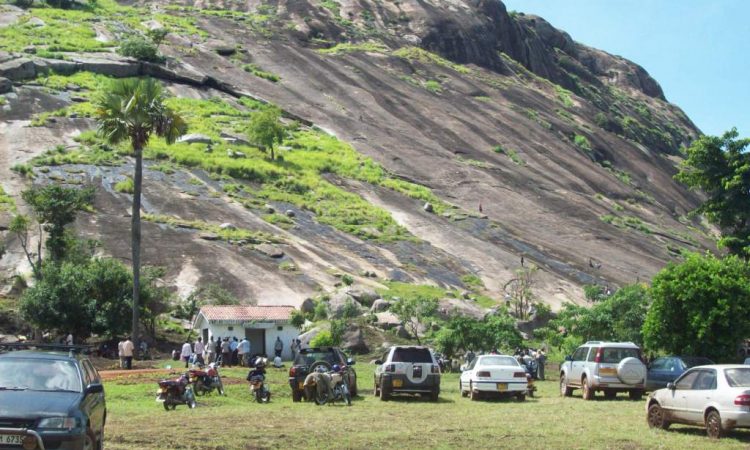
Budhumbula palace and shrine
This location includes a shrine and was the home of Sir William Wilberforce Kadhumbula Nadiope, the previous Kyabazinga of Busoga, who passed away in 1976. His mother and father, Yosia Nadiope and Nasikombi, are among the other royal family members buried in the shrine, which is encased in exquisite marble. Lake Victoria and the Nile’s source.
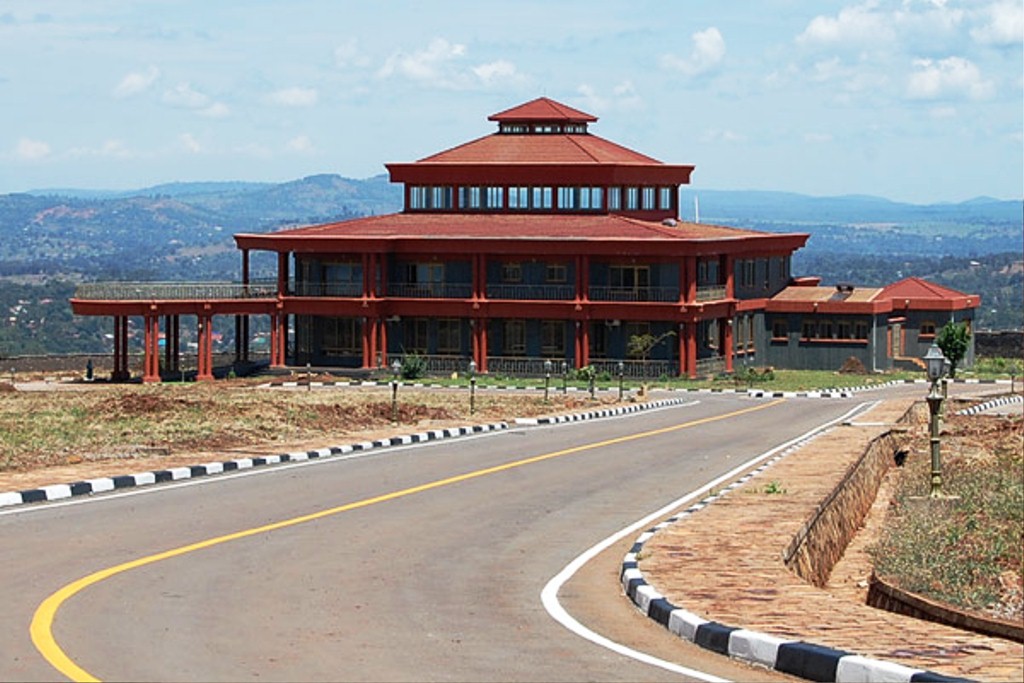
An internationally distinctive feature is the source of the Nile, the second-longest river in the world, which was found by one of the first European explorers, John Speke. Both Lake Victoria and the River Nile’s tranquility and beauty evoke wonderful recollections in any visitor. Lake Victoria’s waters may be seen all the way down Southern Busoga. East of Jinja, Uganda, the beach stretches to the borders of Kenya and Tanzania.

